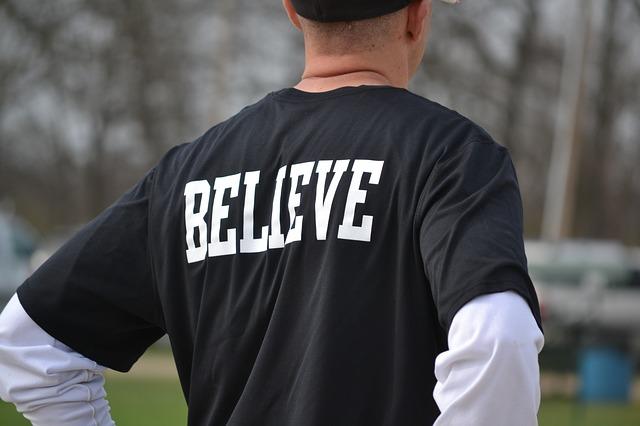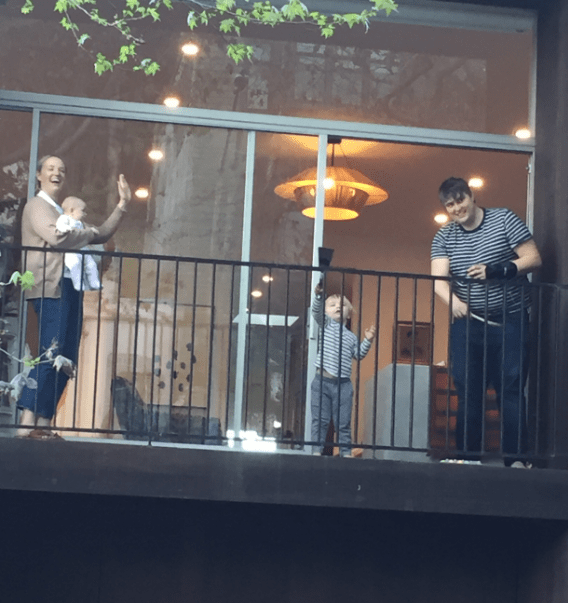Secrets to Nonprofit Leadership – Pandemic Phase 3
 Has this really been going on this long?
Has this really been going on this long?
Way back in March and April of 2020 I wrote a bunch of articles about crisis fundraising, donor communications in the time of corona and how to adapt your management and planning. Feel free to join me for a walk down memory lane here, here, here, here, here, here, here, here, and here.
Honestly, I’ve been continuing ever since then with as many helpful tips and concrete examples I could dream up and offer.
Today, I’d like to revisit something absolutely fundamental.
It’s not a tip or a tactic. It’s a modus operandi.
Eight months ago Joan Garry wrote True Leadership in the Time of Corona, an awesome piece I commend to you in full. At the time, we were grappling with the first wave. Now, as we head into a long winter, the lessons from this article are worth revisiting.
As tempting as it may be to pretend everything will soon be ‘normal,’ that’s unlikely. And good leaders don’t bury their heads in the sand. They plan ahead for crisis contingencies.
Leaders ask the key questions:
- What if this happens?
- If it does, then what?
- And then?
- And then?
- And then?
- … until there are no more “and thens?” to ask.

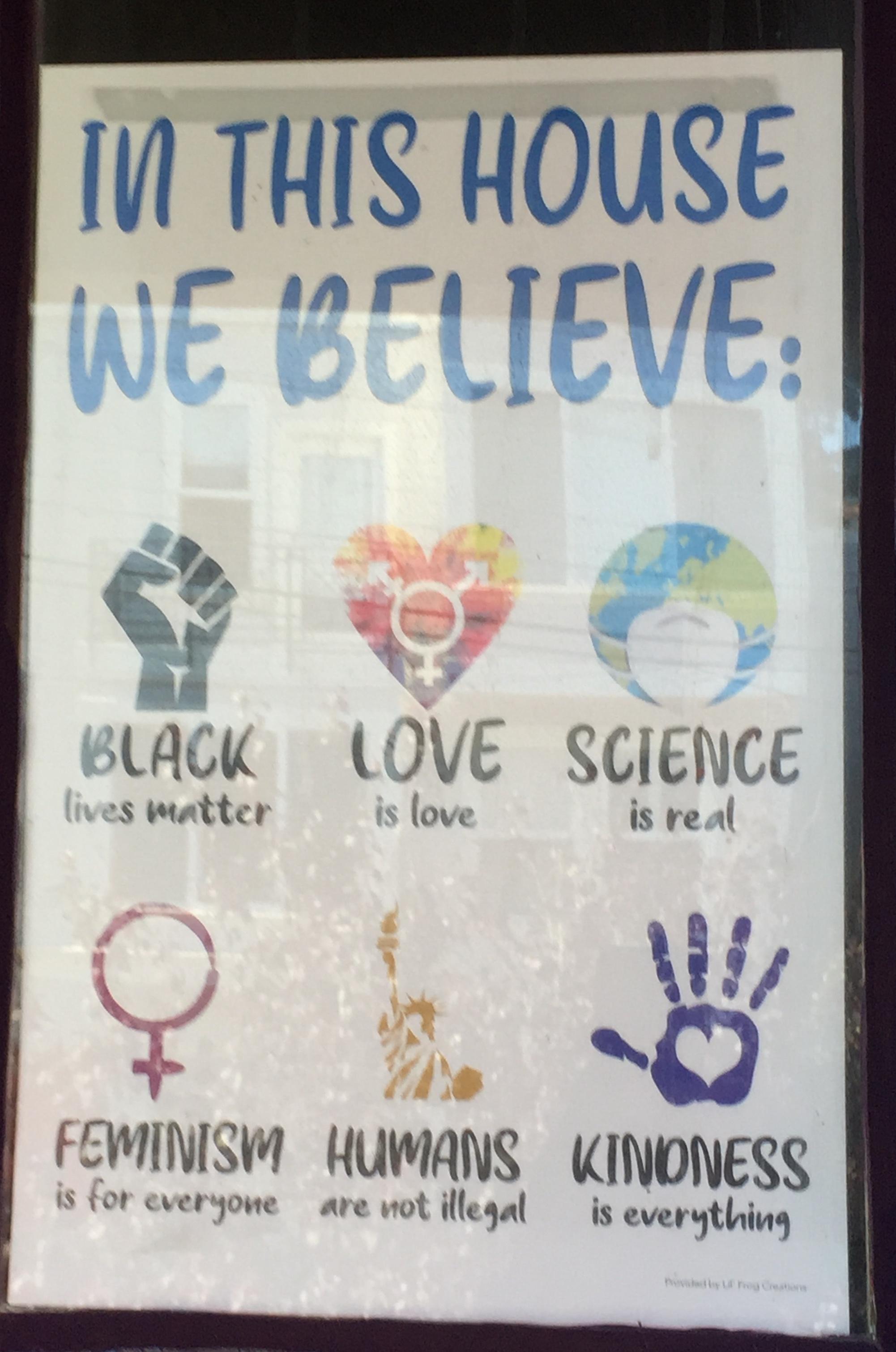
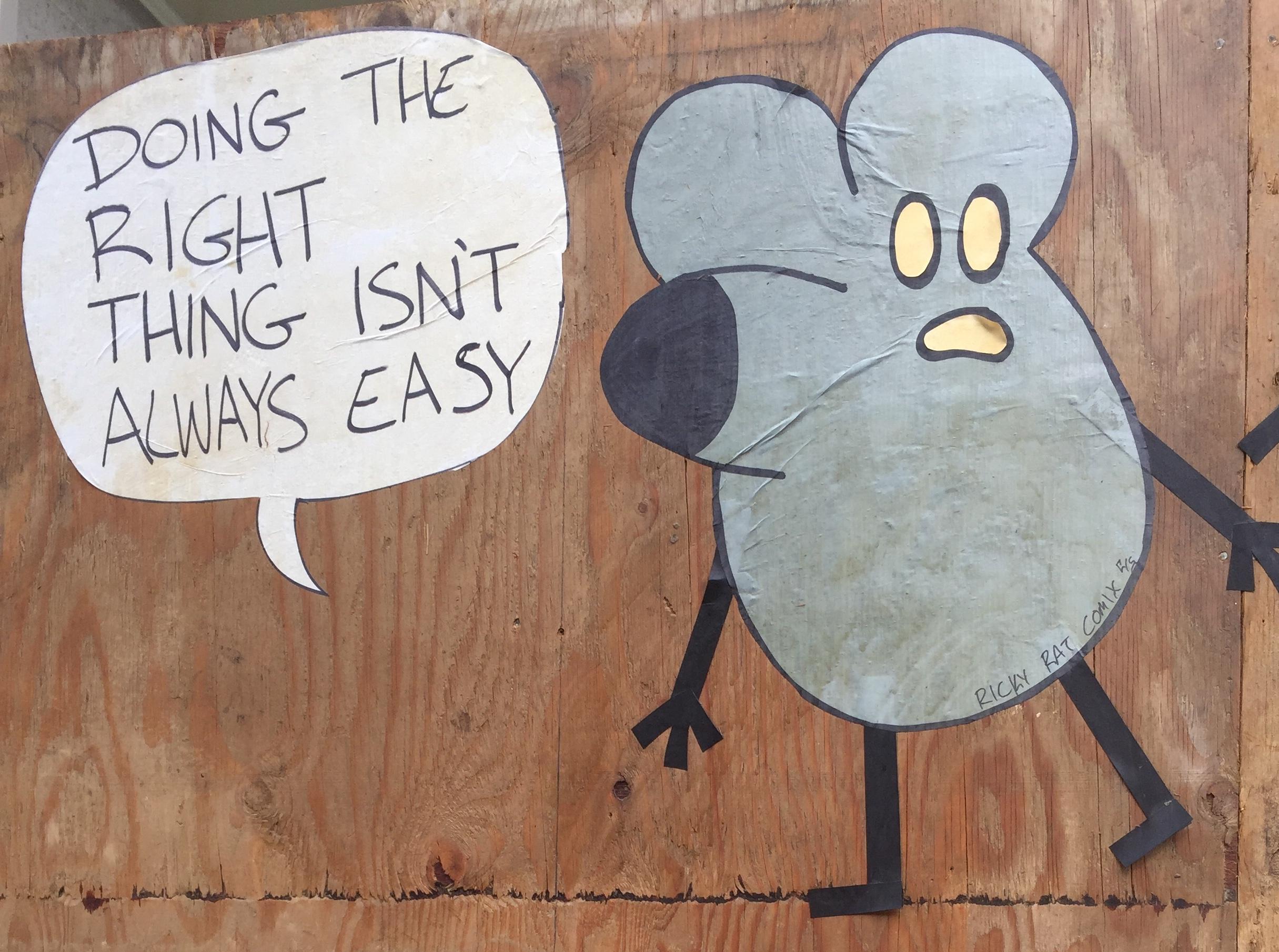
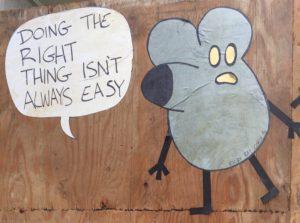 Everyone is saying it.
Everyone is saying it.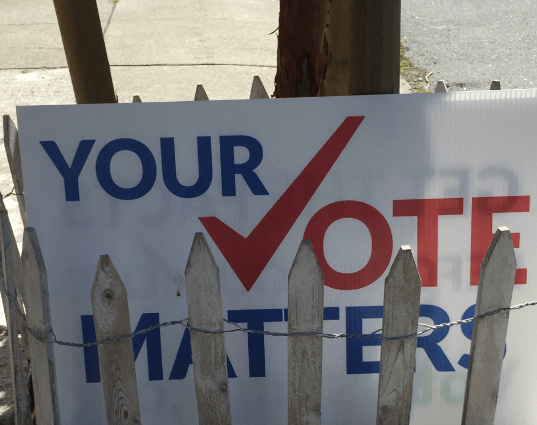
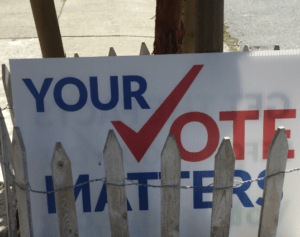 Philanthropy comes from the Greek and means love (philos) of humankind (anthropos).
Philanthropy comes from the Greek and means love (philos) of humankind (anthropos).